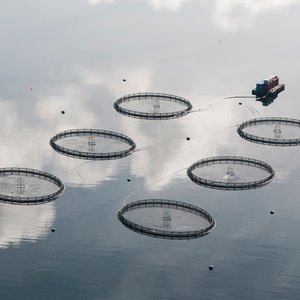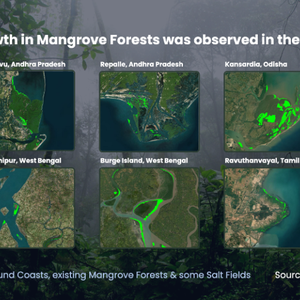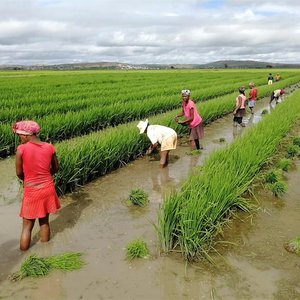China to further regulate feed sector, stop foreign imports
On February 20th, 2010, China’s State Council released the Administrative Rules of Feed and Feed Additives (Revision Draft for Comment - in Chinese). It emphasizes the strict management of feed additives as well as limitations on foreign-funded enterprises, inhibiting the direct sales of imported feeds and feed additives in China by overseas enterprises and individuals.
There are three main categories of measures:
1. New feeds and feed additives
(1) Perfect the management of new feeds and feed additives
(2) To ensure the quality and safety of animal products and ensure consumer health, add the specifics of a monitoring period for new feeds and feed additives, define the major responsibilities of administrative sectors and producers during the monitoring period.
2. Import and export of feeds and feed additives
(1) Perfect the registration procedure for first time import of feeds and feed additives.
(2) Regulate the operation of imported feeds and feed additives in China. Inhibit the direct sale of imported feeds and feed additives by overseas enterprises and individuals. Packages and labels of products should comply with related requirements.
(3) Add the specifications for the export procedure of feeds and feed additives.
3. Production, sales and use of feeds and feed additives
(1) Enhance the management of production segments. Perfect the application and approval procedures for the establishment of feed and feed additive production enterprises; add specifications to the production license period and renewal procedure of enterprises; set up a supervisory system for the whole production process, including quality safety control measures for the raw materials purchase, production and sales, etc; define the product recall responsibility of enterprises.
(2) Regulate the management of the operational sector. Operators are required to record purchase and sales and forbidden to repackage, process products or add substances.
(3) Regulate the use in the breeding segment. Breeders are forbidden to add substances to feeds and feed additives at will; breeding farms should carry out standard production procedures and use feeds compounded by themselves.
These measures are being introduced, the government said, to curb melamine. However, the melamine problem is deep rooted in the Chinese feed industry. A recent report from China Research and Intelligence (CRI) says the Chinese government aims to inhibit the participation of foreign-funded feed enterprises (imported feeds and feed additives) to protect the interests of state-owned enterprises and enhance the industrial monopoly.
In 2008, Chinese industrial feed production, compound feed production, concentrated feed production and feed additive premix production amounted to 137 million tons, 105.90 million tons, 25.31 million tons and 5.46 million tons, rising by 10.83% YOY, 13.64% YOY, 1.58% YOY and 4.79% YOY respectively.
In 2008, the production of compound feed, concentrated feed and feed additive premix accounted for 77.5%, 18.5% and 4% of the total feed production separately. The proportion of compound feed production was further improved with the year-on-year growth of 1.5% while the proportion of concentrated feed production was reduced slightly and the proportion of feed additive premix production remained unchanged.
Presently, there is severe overcapacity in Chinese feed industry with the equipment utilization rate below 50%. There are over 10,000 feed producers in China, but the annual production of one feed producer is even less than 10,000 tons. As a result, the Chinese feed market can only support 1,000 feed enterprises at most considering the increase in Chinese total feed production, the lowest production of feed enterprises and the productivity-led market distribution. According to international experience, there will be only several hundreds of feed enterprises in China in the future. Feed enterprises are forced to adjust their strategies (larger scale, more perfect industry chain and complete value chain) to reduce production, sales and management costs for survival. Large scale has been the indispensable survival condition for enterprises. In 2008, the number of Chinese feed enterprises was reduced by over 1,000 YOY. In the following 3-5 years, the feed enterprise number will continue to decrease while the market concentration will be improved, leading to M&A and reorganization in this industry.
The competition among Chinese feed enterprises is transferring from the product competition to the value chain competition as well as from the single feed production to the supply of solutions for numerous raisers. The key factor for success is to provide services with higher value for raisers.
There are high potentials for the growth of Chinese feed resources. On one hand, feed grains demand for transformation. Presently, only 1/4 feed grains in China are directly for feed processing while the rest 3/4 are processed by farms or directly fed by raisers. On the other hand, the planting industry starves for structure adjustment.










